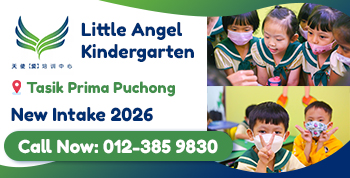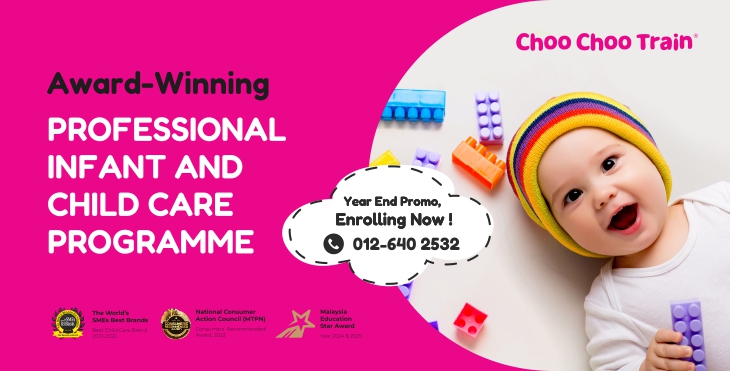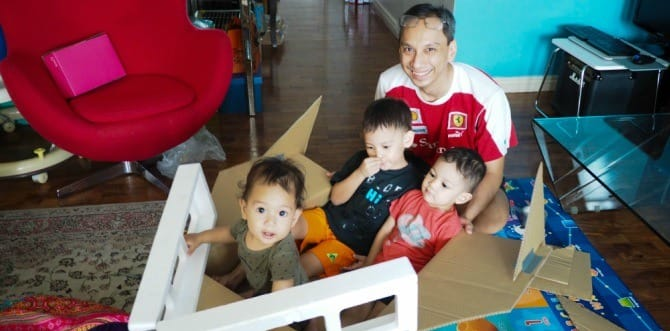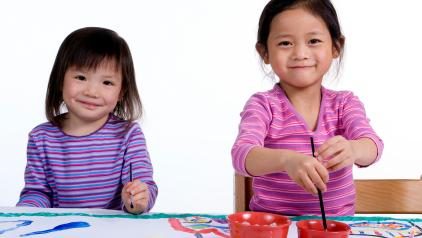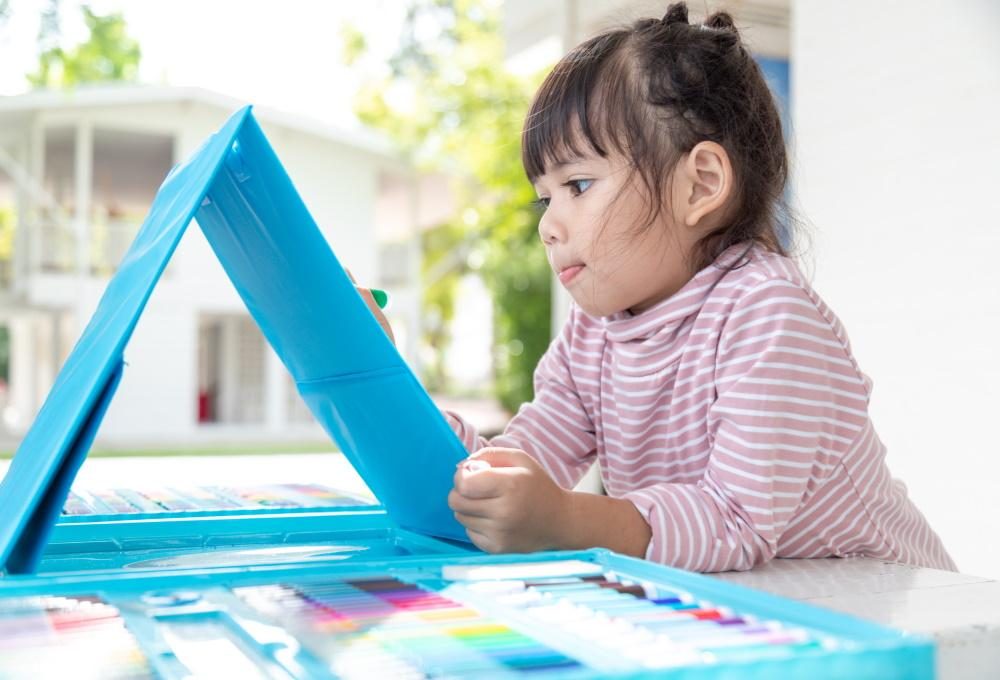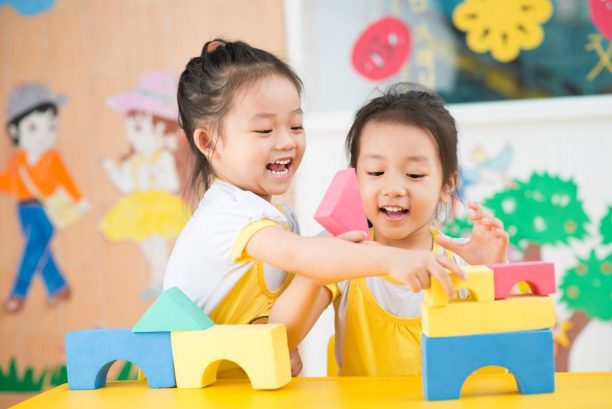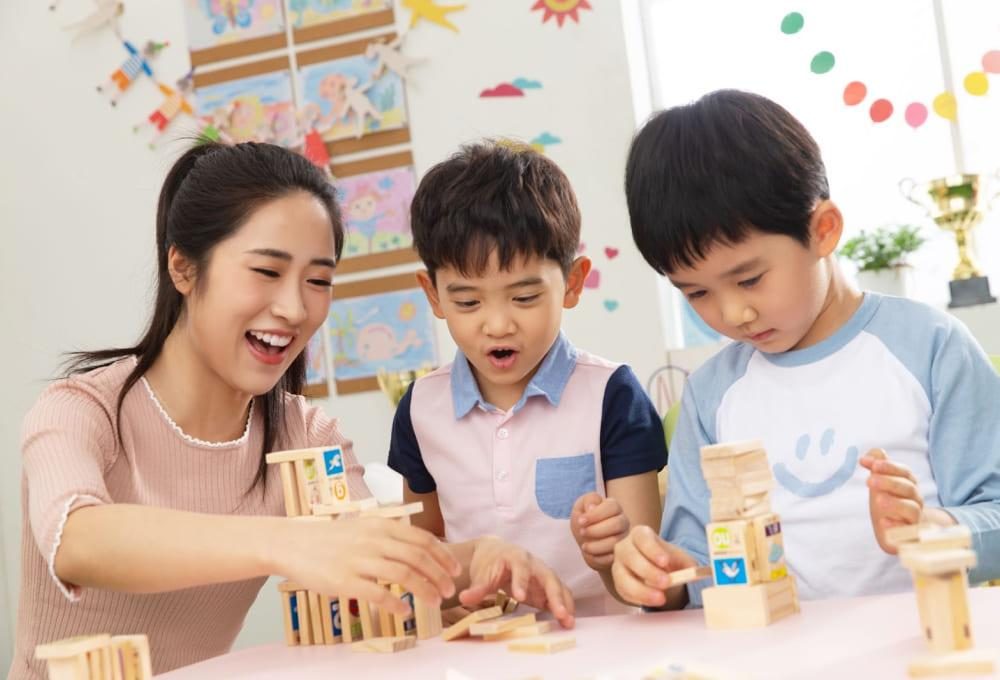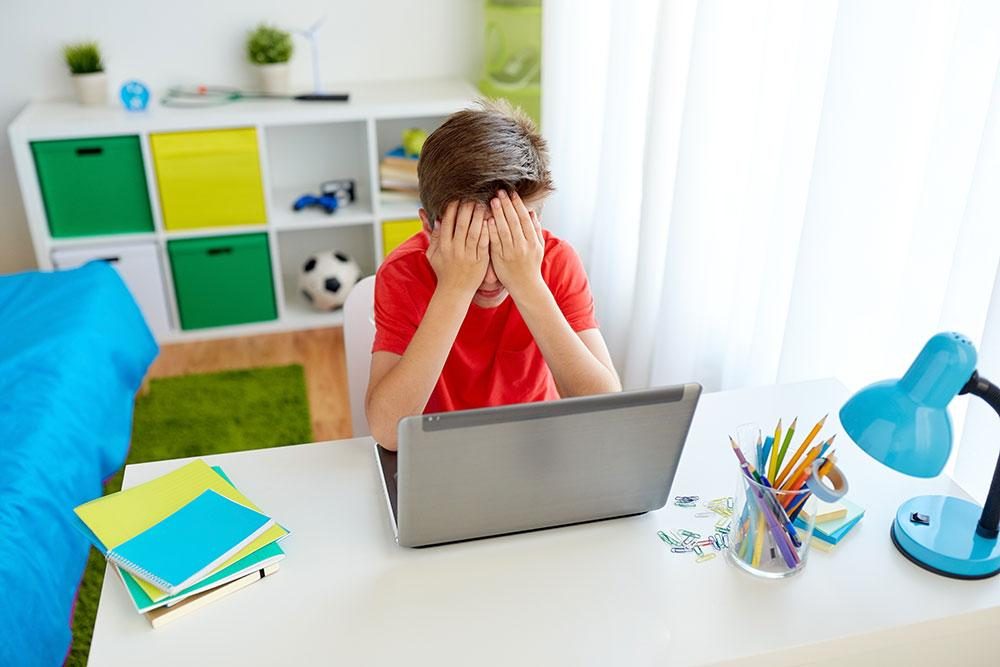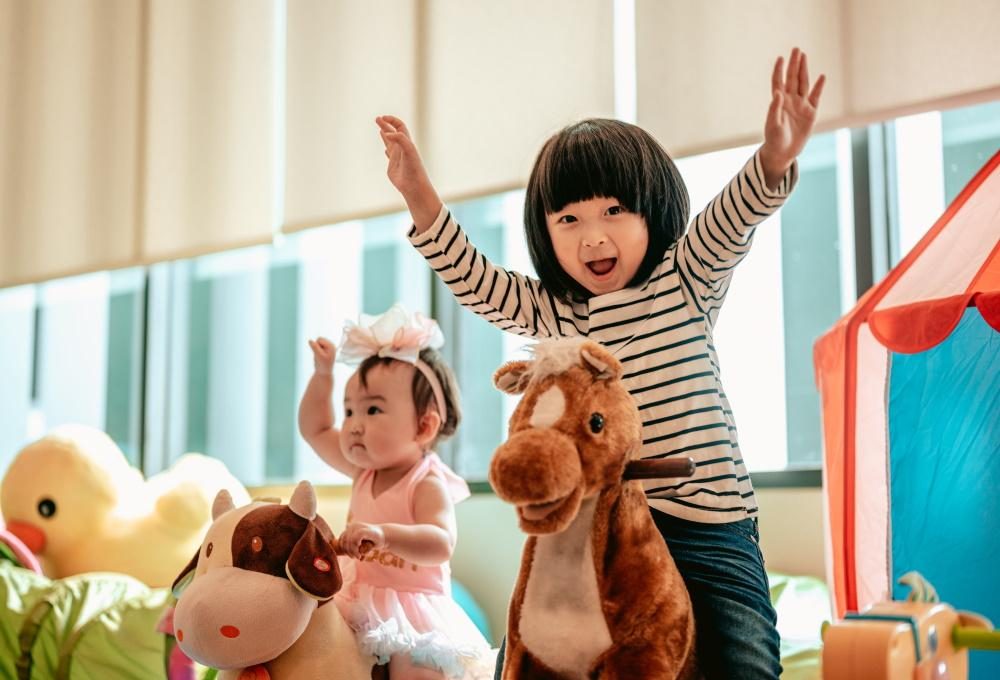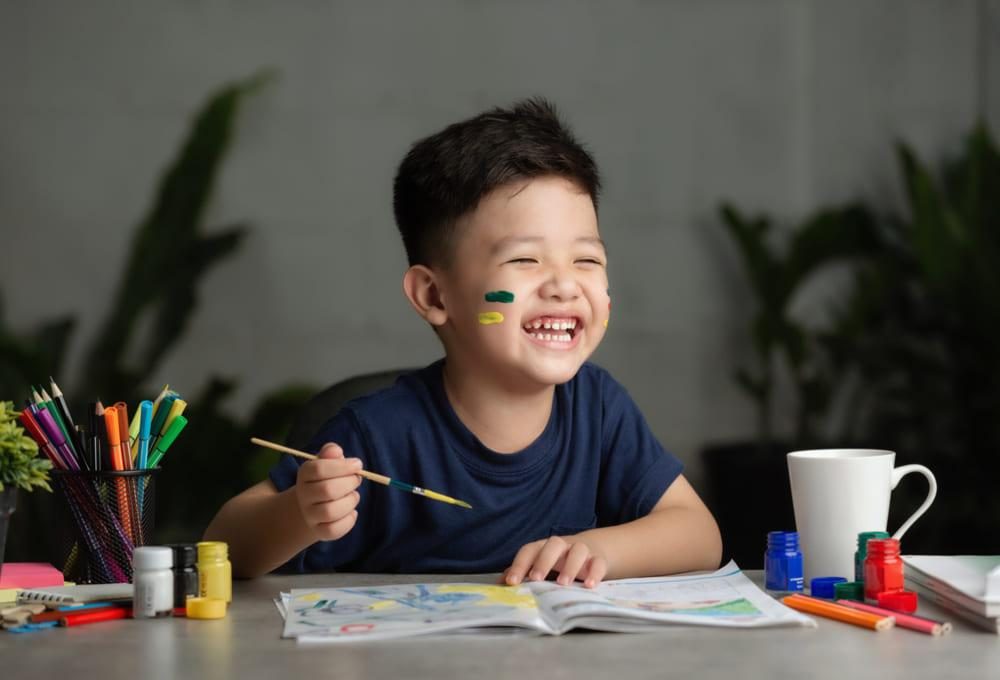Develop Healthy Habits By Playing
by on 02/08/2025 ...

Still racking your brain over in planning for the future of your newborn babies? Are you intending to fill up your child’s childhood memories with a variety of talent classes, in hope to groom them into SUPERKIDS?
If you are about to do so, please hold on and stick your eyes onto this article first, as it might WOW you with some better, easier ways to groom your child better. You may wonder: is this for real?
Indeed- and it is called P-L-A-Y!
Playing-through physical activities or games-which is previously perceived to be unproductive to learning, have been shown to assist children in establishing healthy habits and behaviors, especially the ones aged between 0-5. Besides, the benefits of the activities can extend well beyond physical health, developing children’s motor coordination, the state of psychologically and socially well-being, and cognitive skills. To put it simpler, physical activities set the stage for wholesome development in children.
Giving children early exposure to physical activities, indeed, works the best for their overall development; parents, however, must only allow children to do the age-appropriated activities. Based upon different needs in each developmental stage, these activities can well vary from light intensity activities namely role-play, messy play, and painting, to moderate-to-vigorous activities such as running, jumping and even ball games. Besides, recent research findings even attest to the significance of unstructured physical activities-or more commonly known as free play- to children’s development in early years.
So, how are we supposed to go about it?
Let’s understand children’s physical activity patterns in different developmental stages:
- For infant (0-12 months), their motor skill develops during the transition from involuntary reflexes to voluntary control over body movements throughout this period. Reacting to stimulus, together with active buildup of muscle mass, they learn to sit up, roll over, crawl, stand, and reach objects. Therefore, promoting physical activity opportunities will give rise to stimulating environment, which is critical to establish the foundation for future physical activity behaviors.
- Toddlers (1-3 years old) generally start walking- and this gives them more learning opportunities. At the age between 2 to 3, they develop locomotor skills (for example running, skipping, galloping and etc.) and manipulative skills (for instance pushing, kicking, bouncing, catching and etc.)
- Preschoolers (3-5 years old) are characterized by further development in balance, locomotor skills and manipulative skills.
Now, here comes the question: how intense, or how much time should children play for the optimal development in early childhood? Much as there isn’t much finding that provides the precise measurement, still, there are some suggestions on engaging them more in physical activities of different intensity, instead in the sedentary activities which result in their inactivity.
Below are some specific activities based on different age groups:
|
Age Groups |
Physical Activities |
Sedentary |
|
Infants (0-1 year) |
Gross motor skills training activities should be emphasized so as to develop their limbs, neck and back muscles. i.) 0-3 months: Infants are drawn to things that they can look at and listen to. Encourage them to move their limbs and grasp objects with toys such as sensory toys, rattles, bright-coloured hand-held toys and etc. ii.) 3- 6 months: Lay dangling toys and rattles around infants (especially on the infants’ tummies) to encourage them to strengthen their neck, back and arm muscles. Hold their hands and help them to stand or bounce up and down. iii.) 6- 9 months: Infants’ movements become more precise, as they start developing fine motor skills. Allow them to play hide-and-seek with objects- and encourage them to crawl by crawling after them, create a maze of pillows or let them explore their world by crawling under chairs. These will develop their sensory processing. iv.) 9-12 months: Infants generally can crawl and do cruising; their problem-solving skills are improving as well. Give them push toys to exercise their walking skills, and shape sorters to challenge their problem-solving skills. Provide them with balls for bouncing. Teach them dumping and filling through bathing or outings, for example park. |
Try to engage them more in the activities that promote brain development instead of TV or electronic media. Some suggestions are:
Reading at any stage will pay off. It helps infants to develop an ear for the cadence of language. Voice variety will make reading appealing to them.
|
|
Toddlers (1-3 years)
|
Generally there should be at least 30 minutes spent on structured activities (adult-led) and 60 minutes to several hours for unstructured activities (free play) in daily. Examples of structured activities are:
Examples of unstructured activities are:
Some basic skills that should be achieved through the activities are: i. Early Toddler (12-24 months)
ii. Older Toddler Skills (24-36 months)
|
|
|
Preschoolers (3-5 years) |
At least 60 minutes should be spent on cumulative structured activities, and 60 minutes to several hours for unstructured activities in daily. Some examples of activities are:
Encourage them to:
|
|
*The amount of daily activity is based on the guidelines provided by National Association for Sports and Physical Education (NASPE).
Last but not least, don’t do the mistake by thinking that children will learn if we kick them out to play. We have to help children to acquire better motor skills by spending quality playing time with them actively, offering positive and constructive feedback (for example, “You’ve done a great job to reach the ball!” or “You are almost there! Hang on there!”)
So, having understood about the importance of play in children’s all-rounded development, you won’t try so hard to fill up the childhood of your little darlings with all sorts of talent classes, will you? It doesn’t mean that you shouldn’t send children for any talent class, but they should obtain fair share of development via physical activities alongside, too. As what famous philosopher, Rousseau preached, “Let all the lessons of young children take the form of doing rather than talking, let them learn nothing from books that they can learn from experience”.









